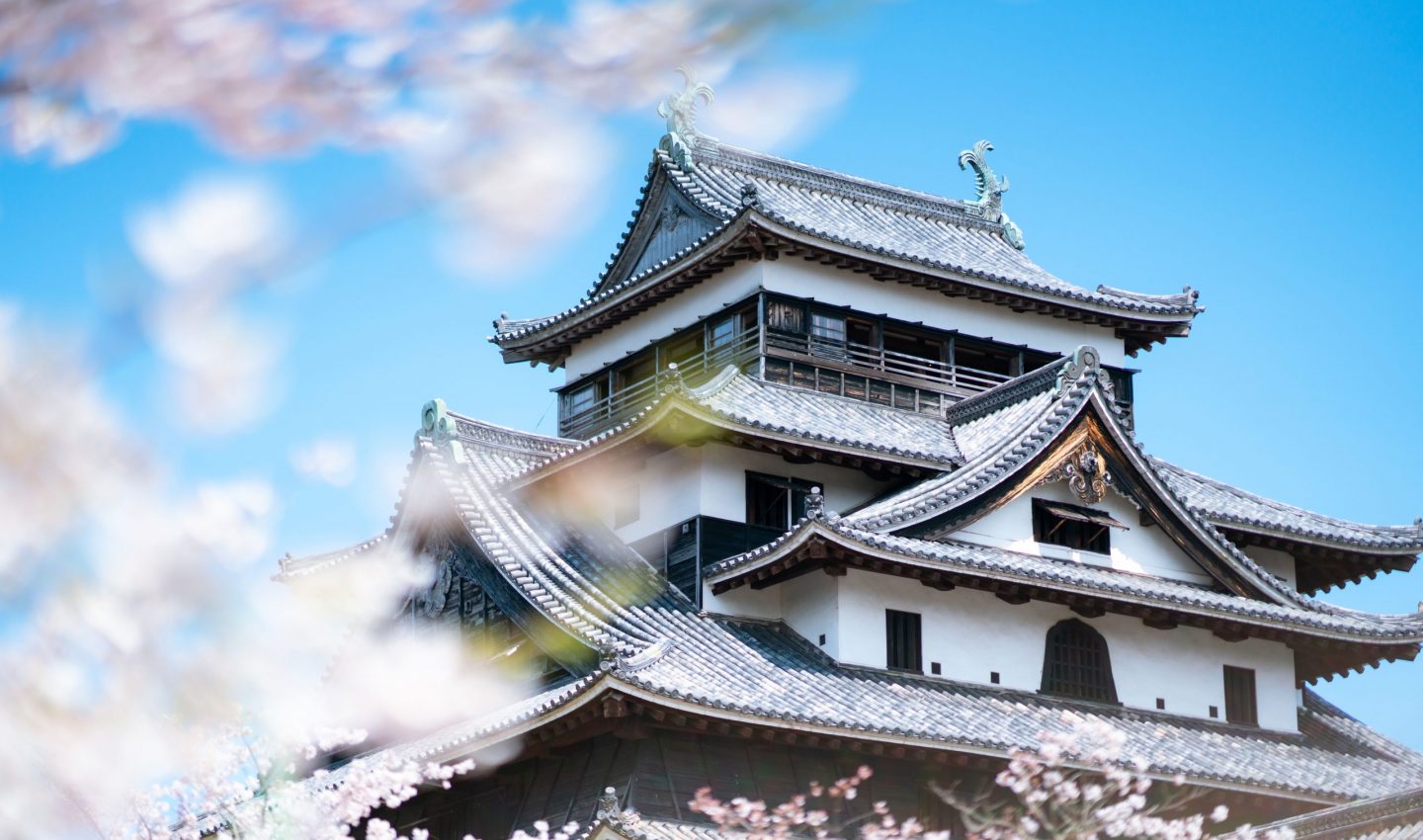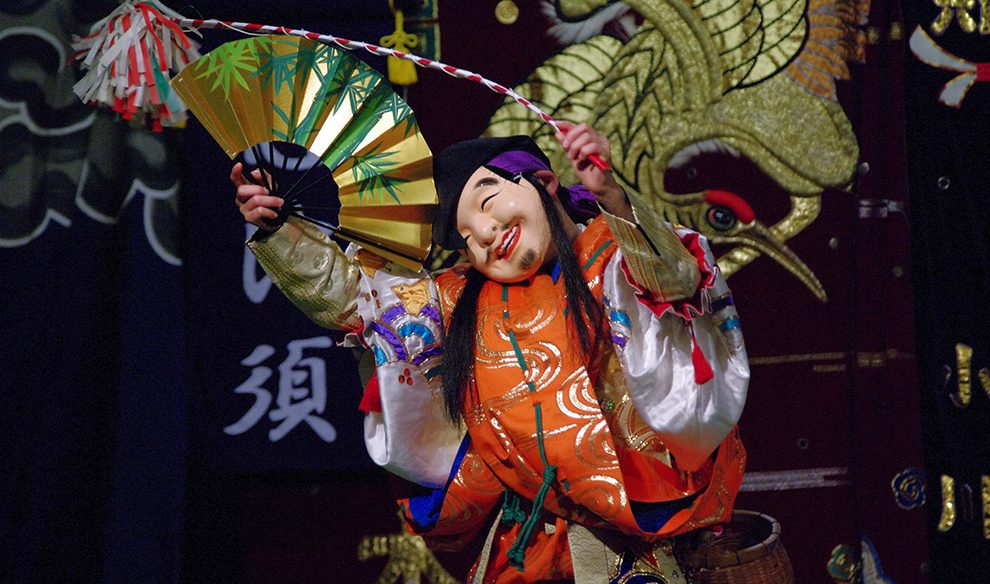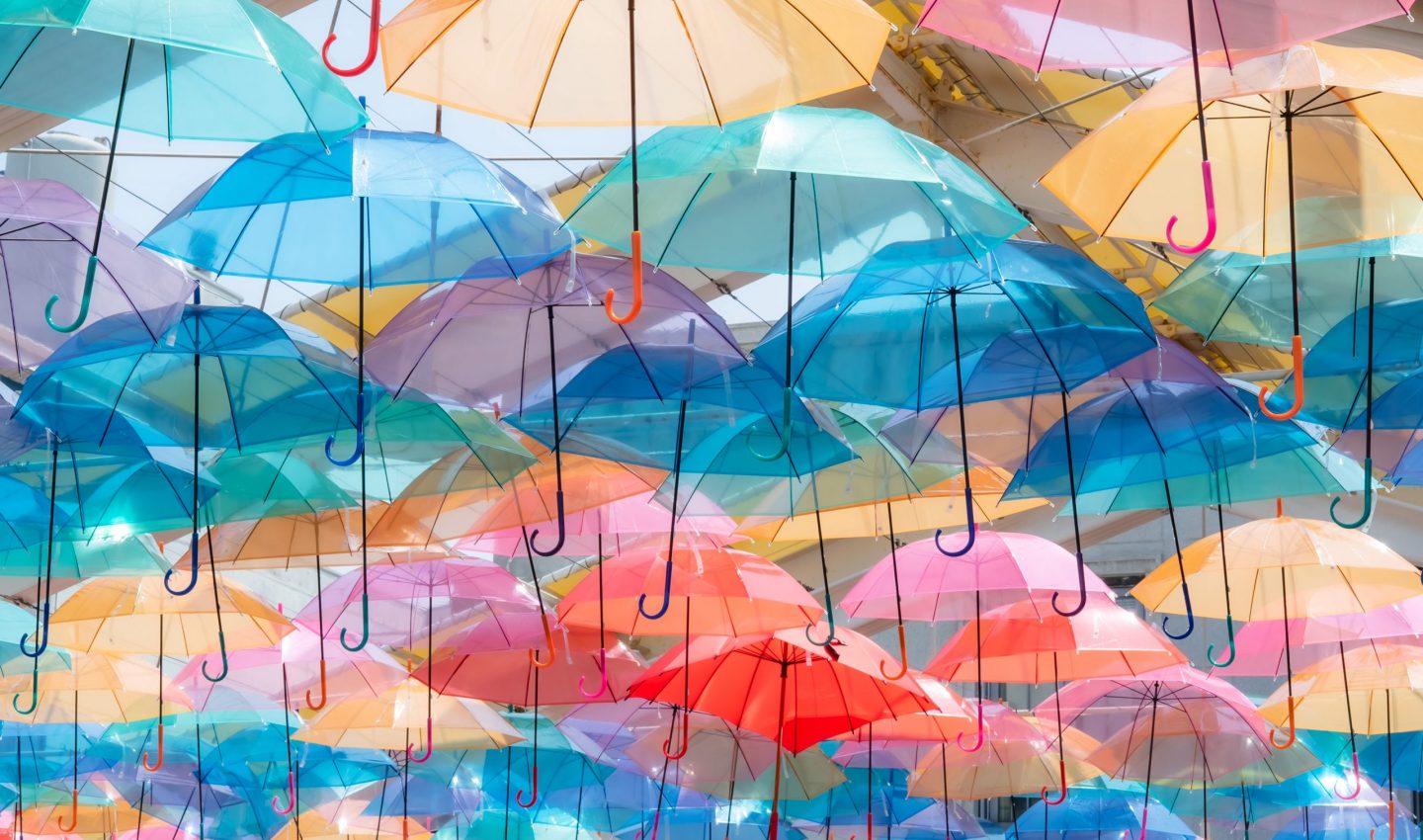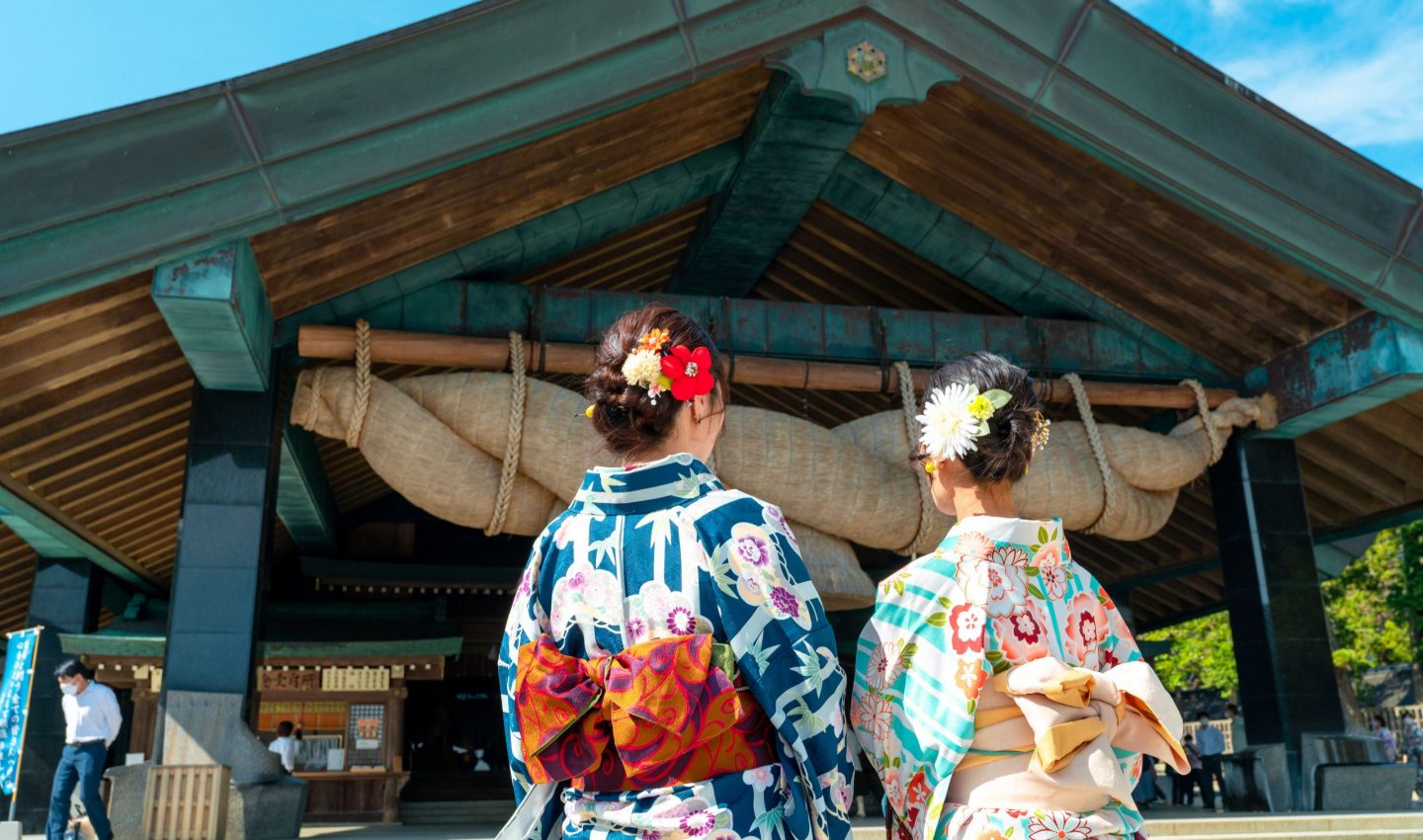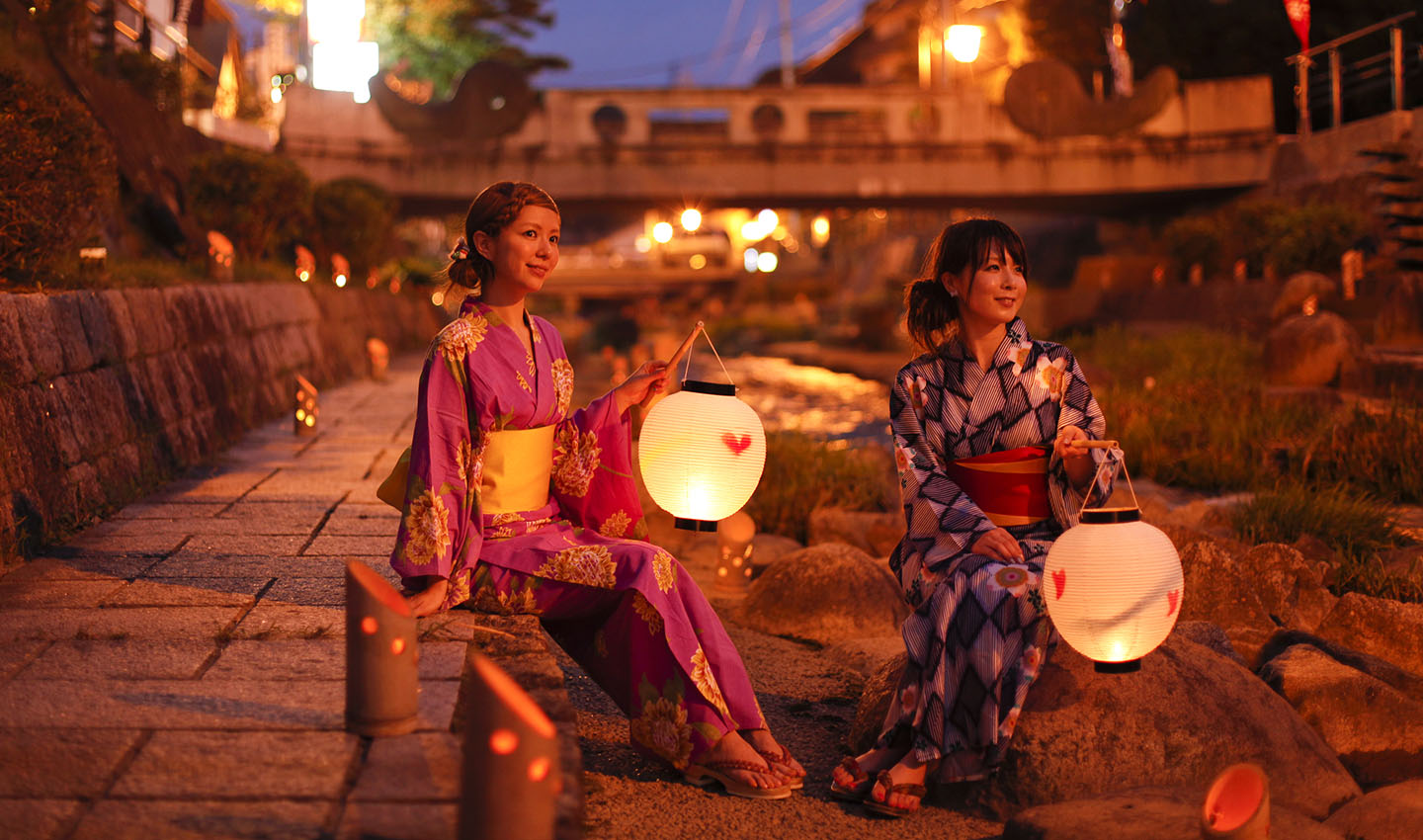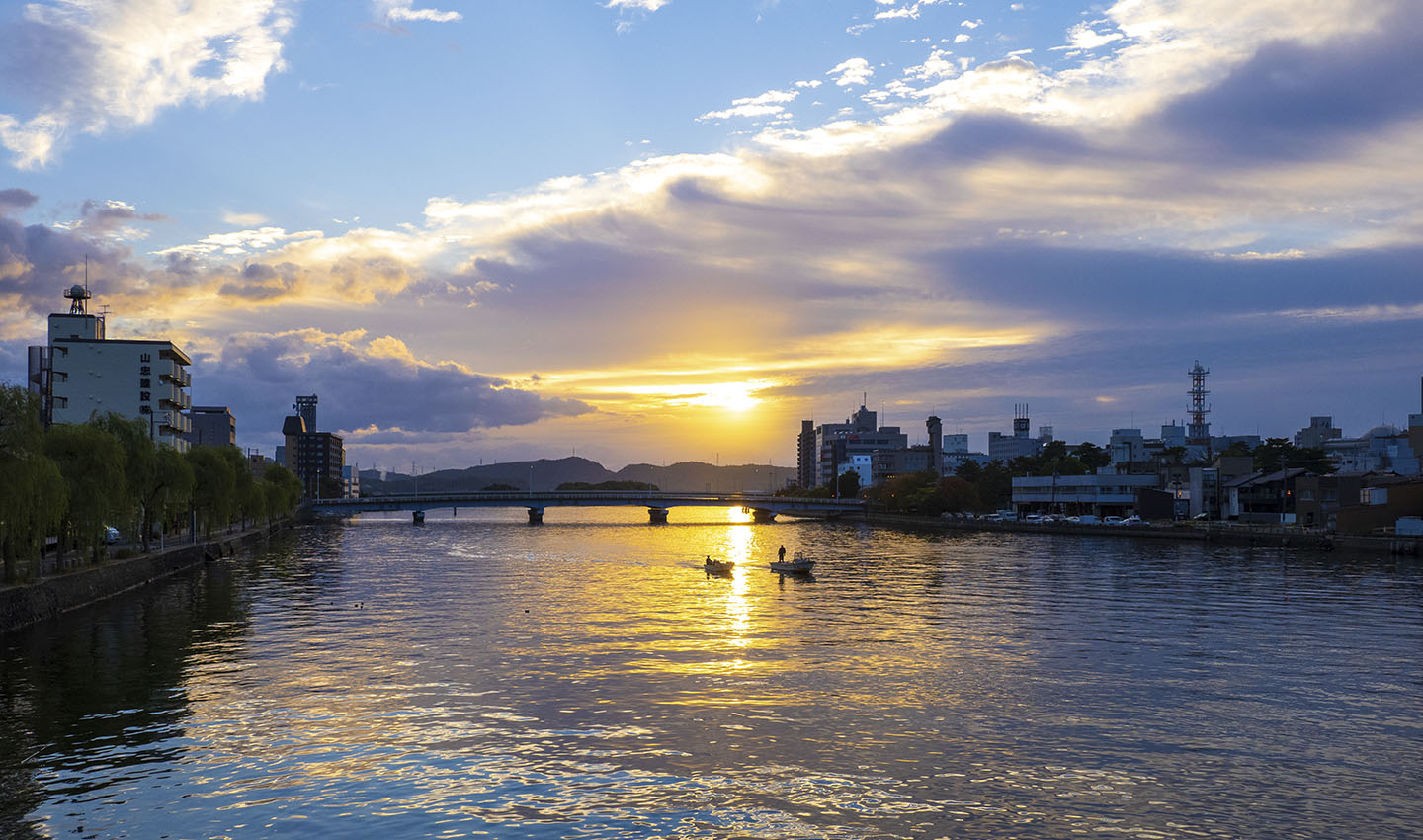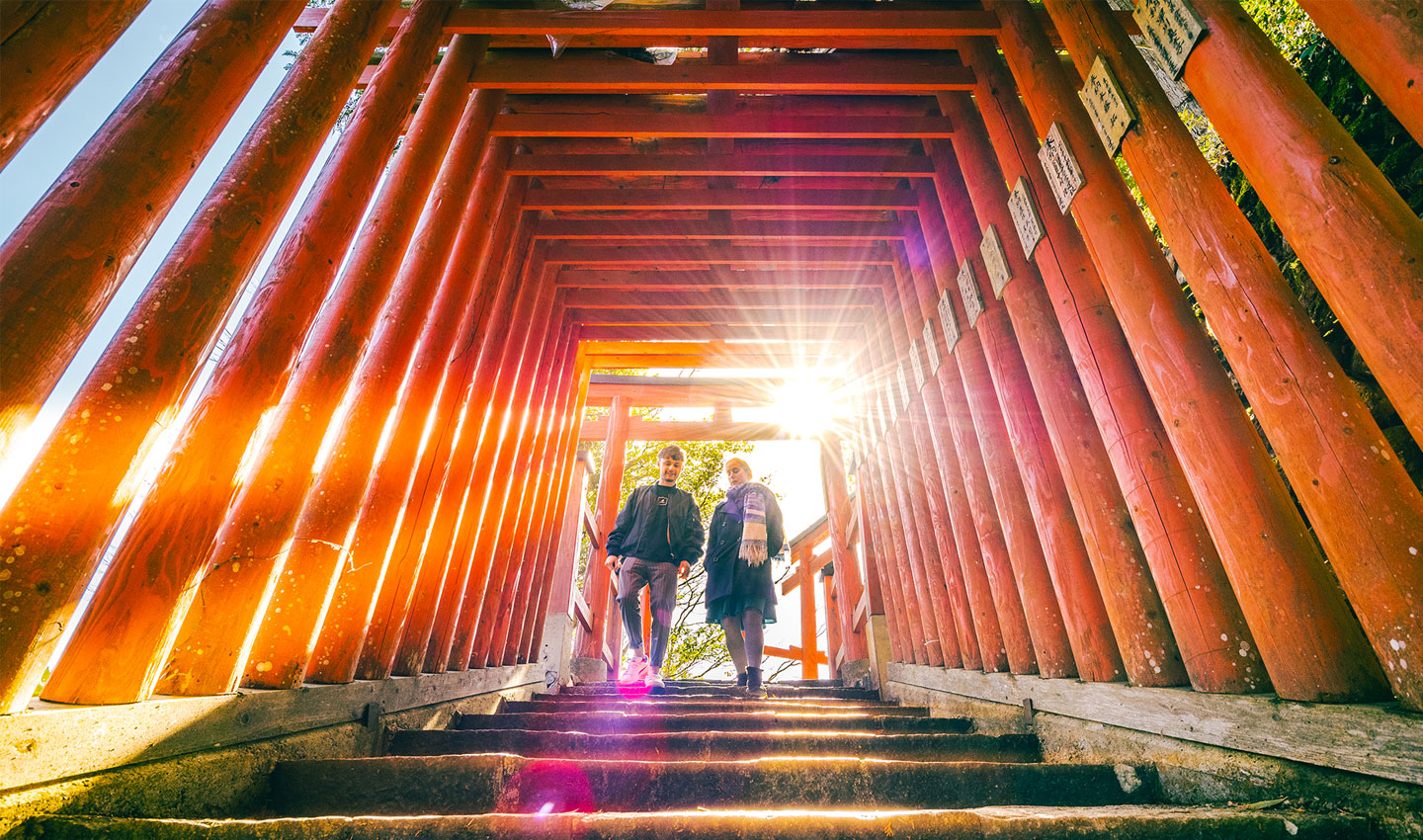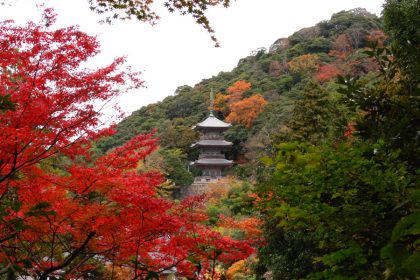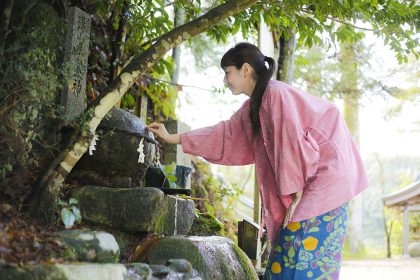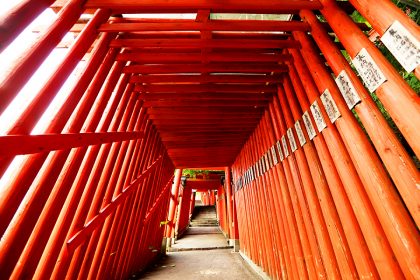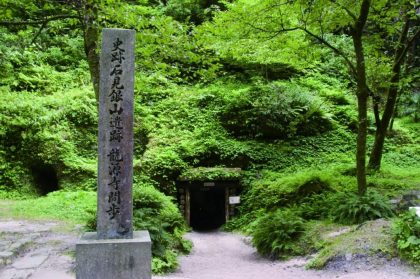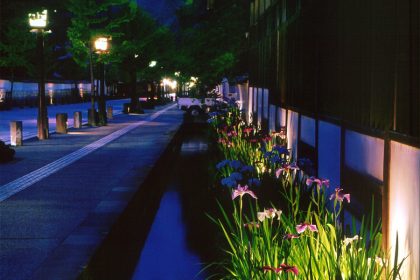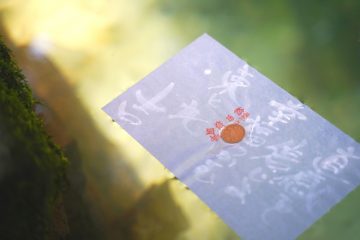
SHIMANE
In Shimane, historical heritage and traditional culture that entice travelers from around the world coexist with modern times. A rich and beautiful natural environment is preserved in the prefecture, which is also blessed with the fruits of the mountains and the sea that have been nurtured there, along with incredibly unique hot springs. Travel to Shimane to experience as-yet-largely-undiscovered places where Japan’s original landscapes remain!
Discover Shimane
What to see in Shimane
-
Top 10 Spots for Autumn Foliage in Shimane
What does straight come to your mind when you think about Autumn? To me it’s Momijigari! …
-
Walking with Guides “The Shimanean Vol.84”
Twice a year, spring/summer and autumn/winter, CIRs (Coordinators for International Relati…
-
9 Places to Watch Fireworks in Shimane [2023]
In a dazzling display of pyrotechnic prowess, fireworks light up the night sky, captivati…
-
2023 Cherry Blossom Forecast for Shimane
According to the Cherry Blossom Forecast by Weather Map, the cherry blossom season in Matsue fo…



